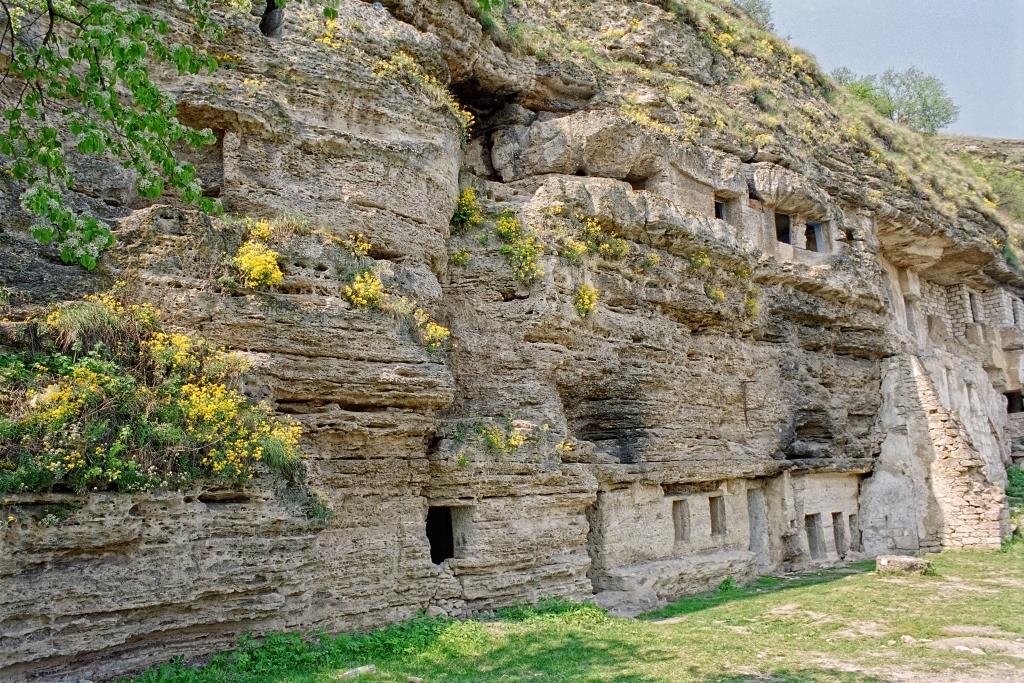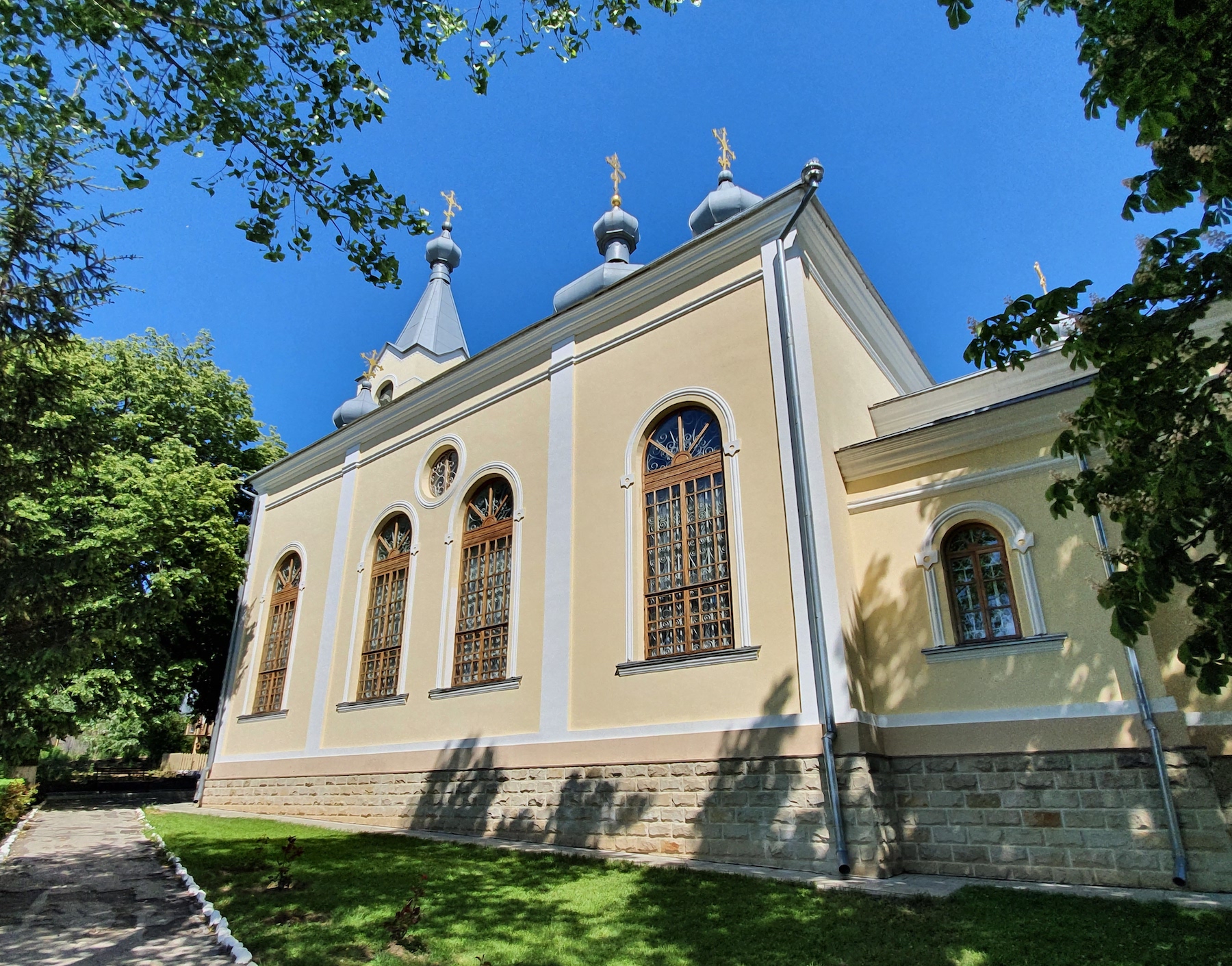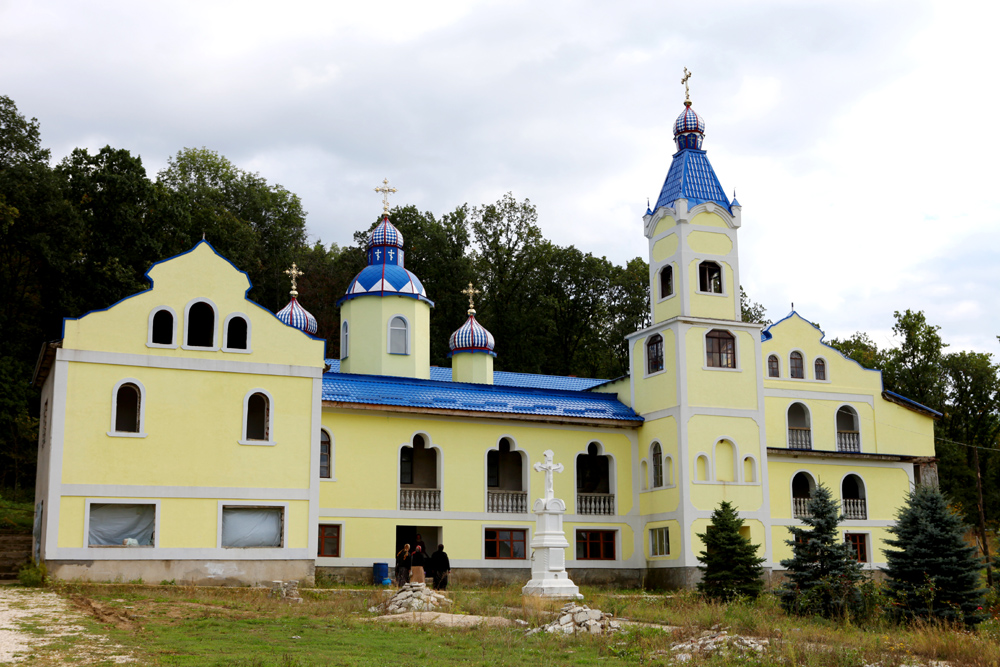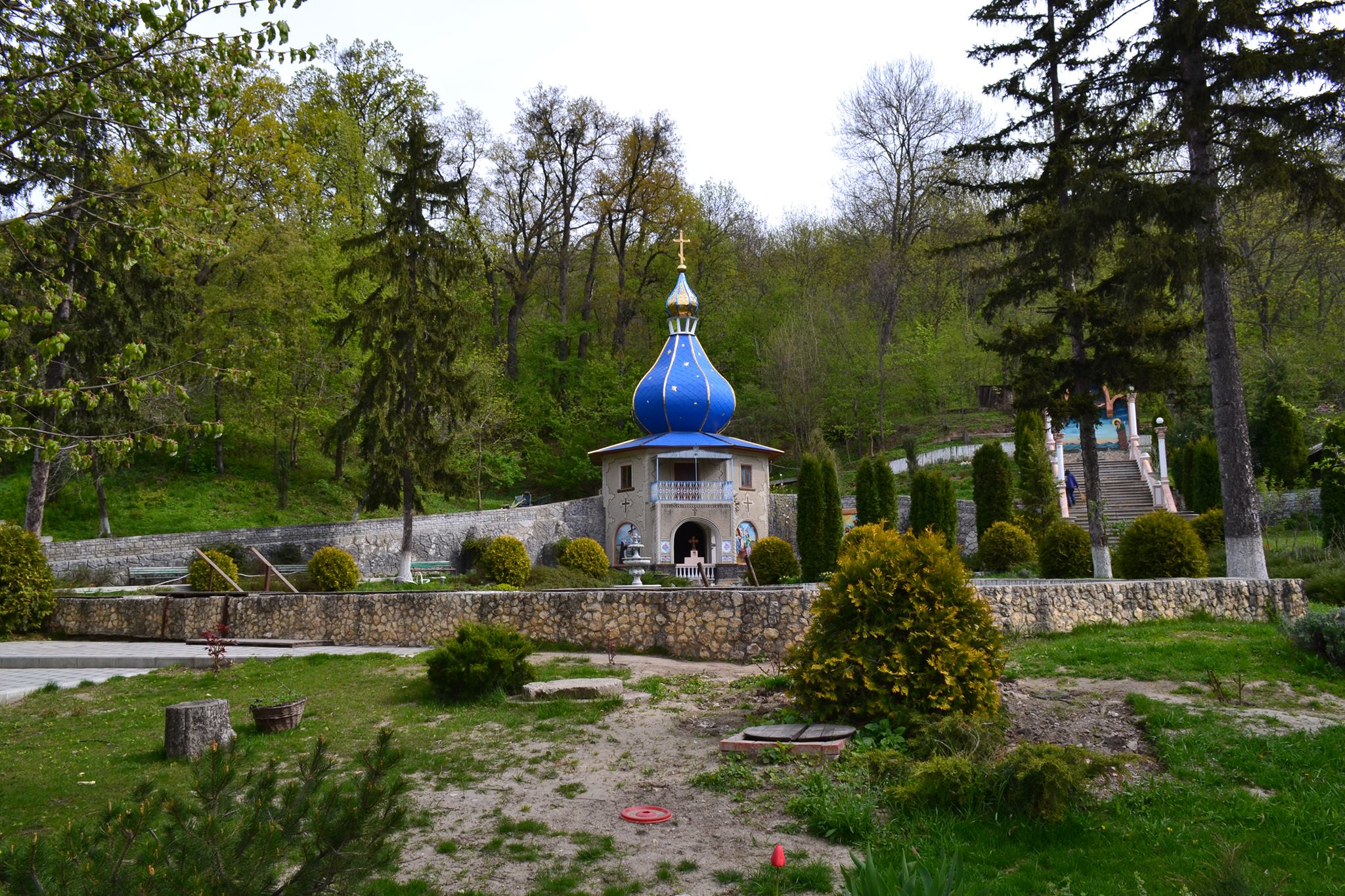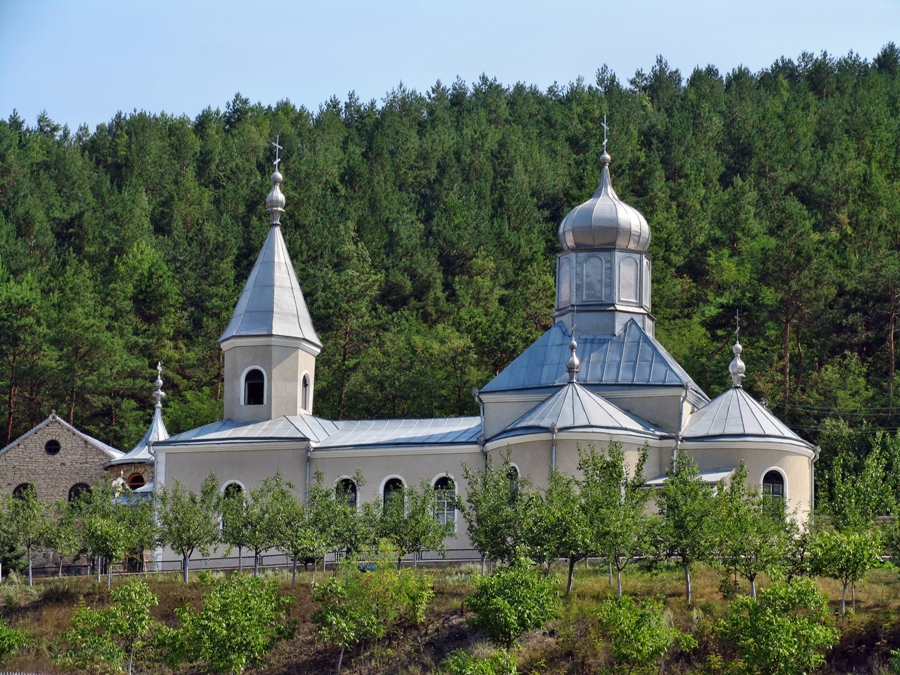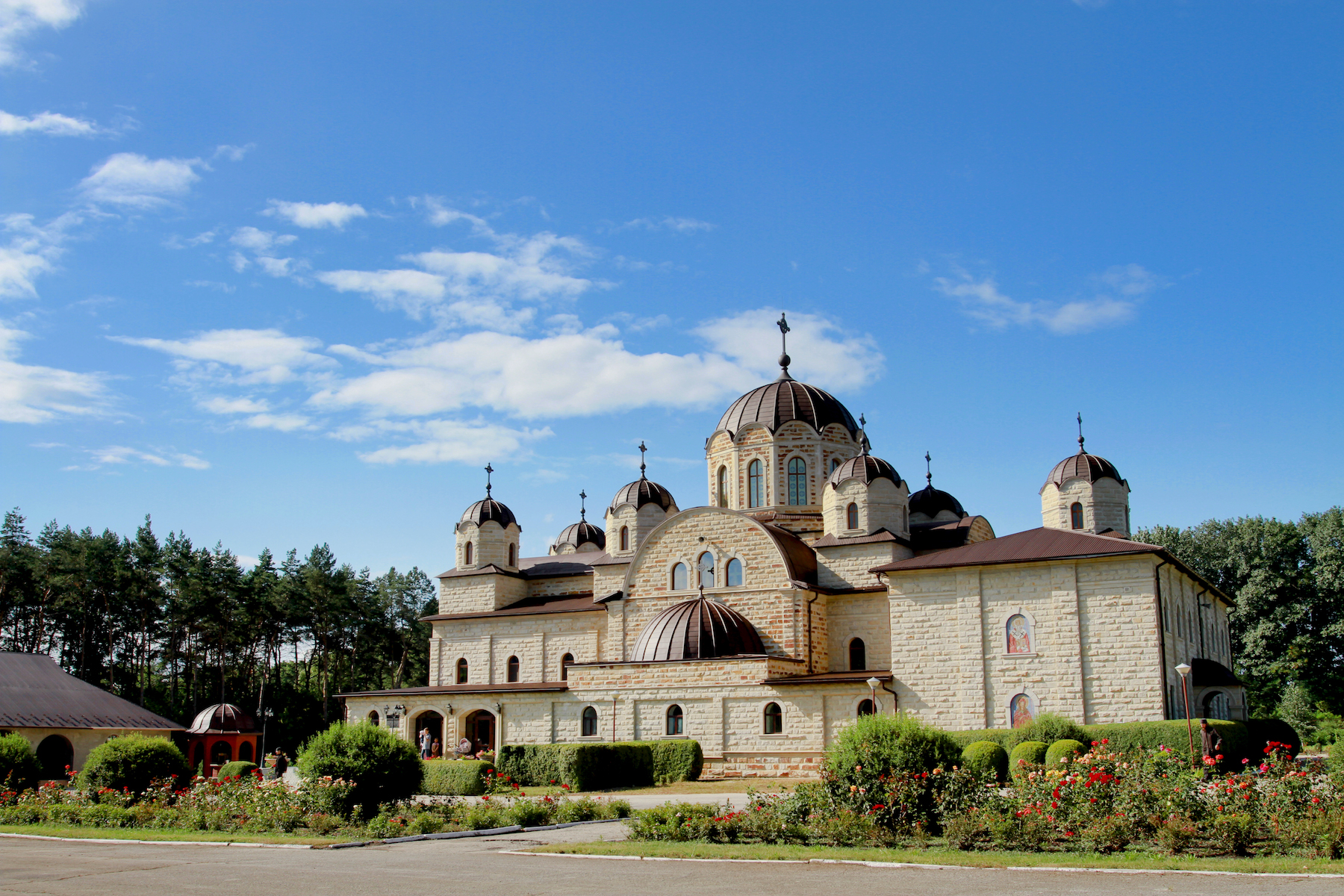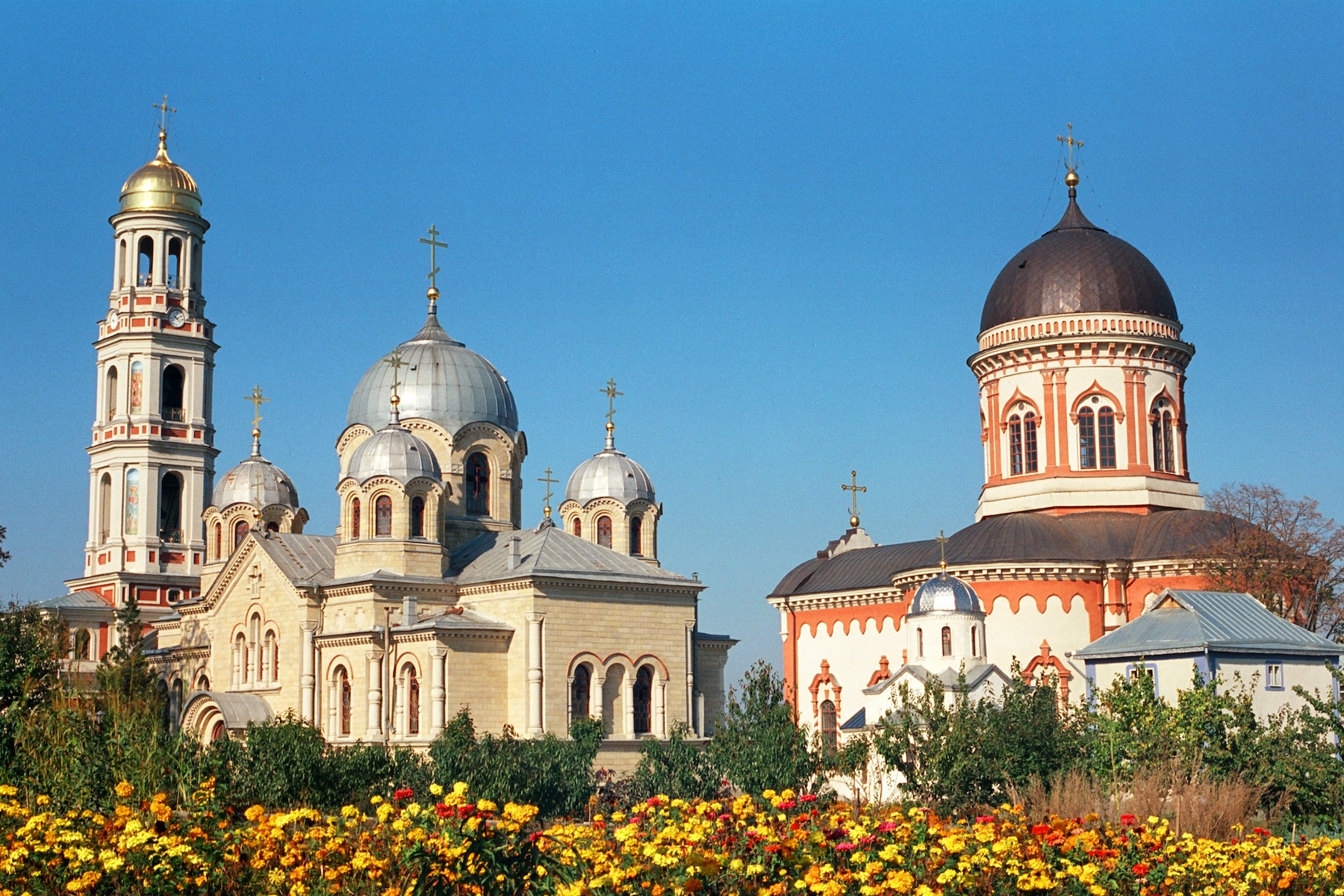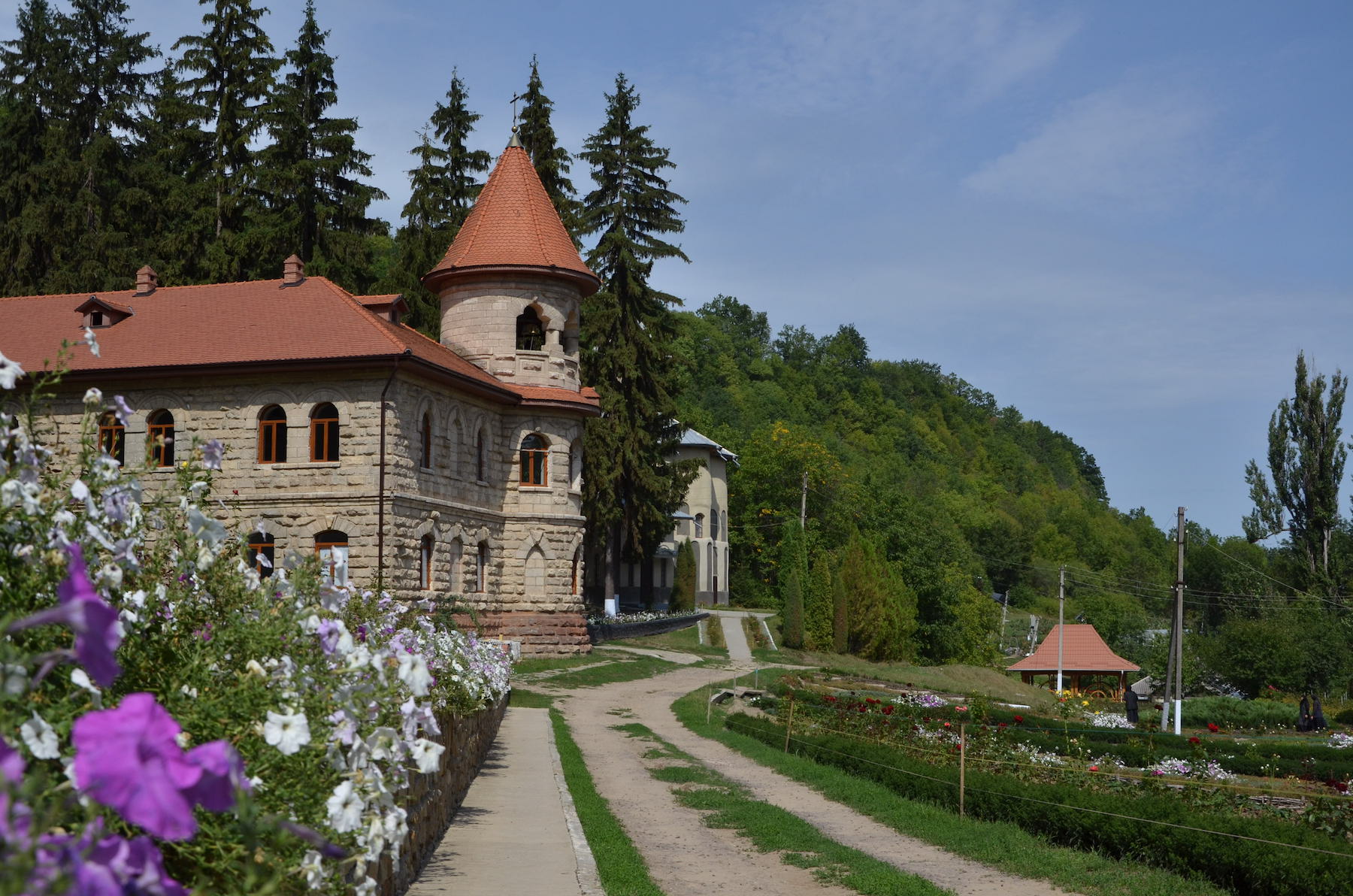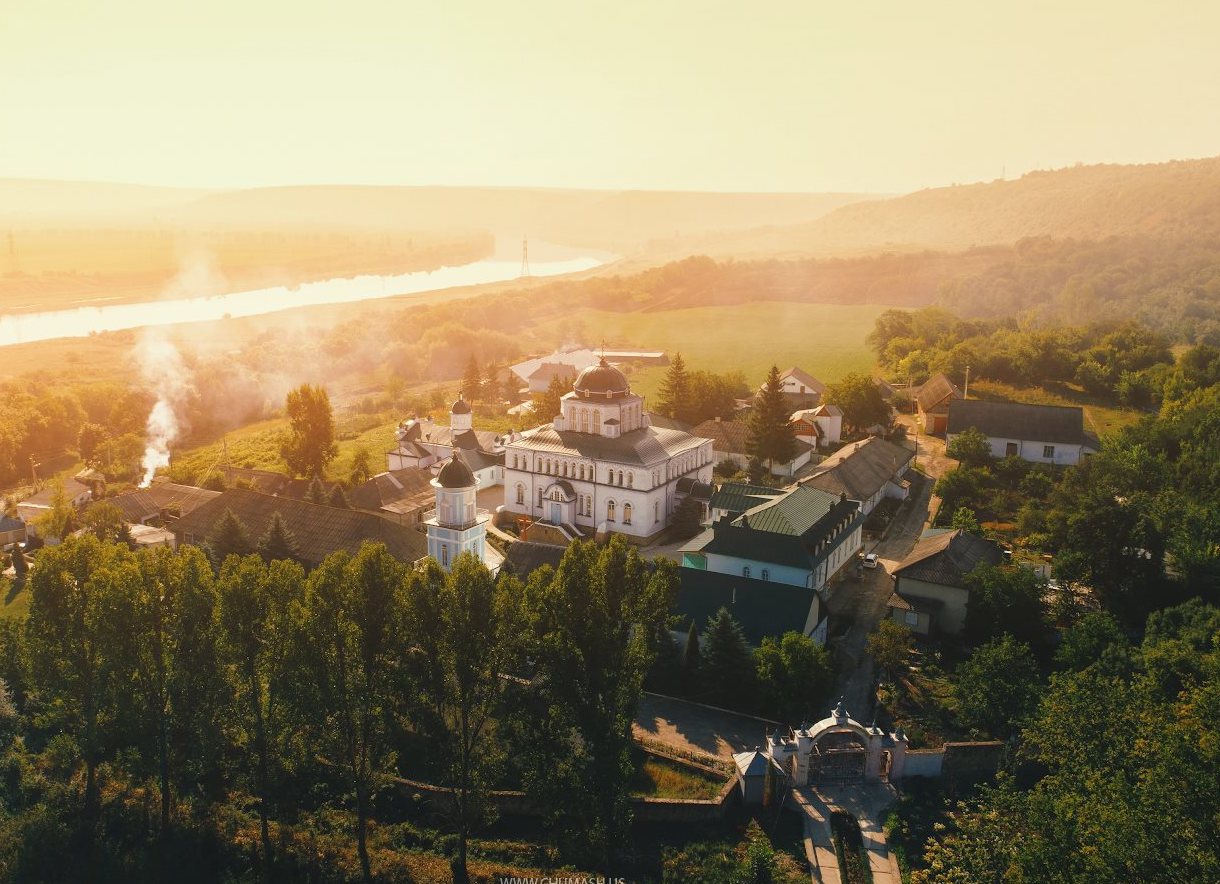Tipova is Eastern Europe’s largest cave monastery and Moldova’s oldest religious sanctuary. Monks began carving it out of limestone before the medieval state of Moldova was formed. Located at a dizzying height, the complex has been transformed into an open-air museum of amazing beauty. Legend says this is where King Stefan cel Mare met his wife Maria Voichita and where the Greek poet Orpheus spent the last days of his life. Visitors can also explore hundreds of other caves around the monastery.
- Distance from Chisinau: 100 km
- Visiting hours: Monday – Sunday, 8 a.m. – 8 p.m.
- Type: Monastery for monks
